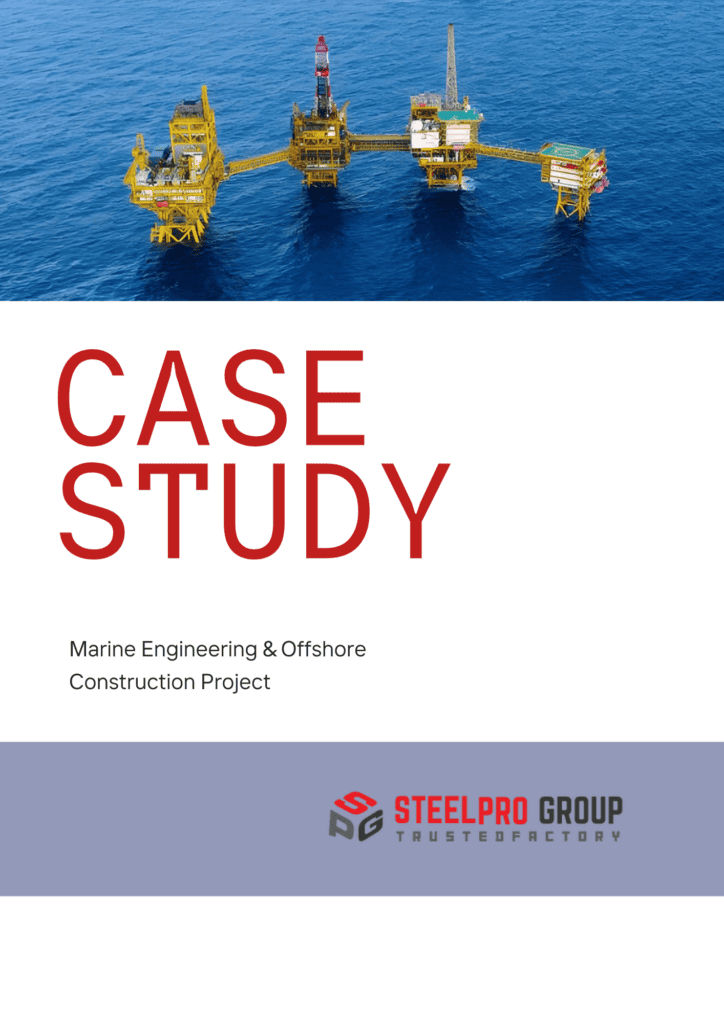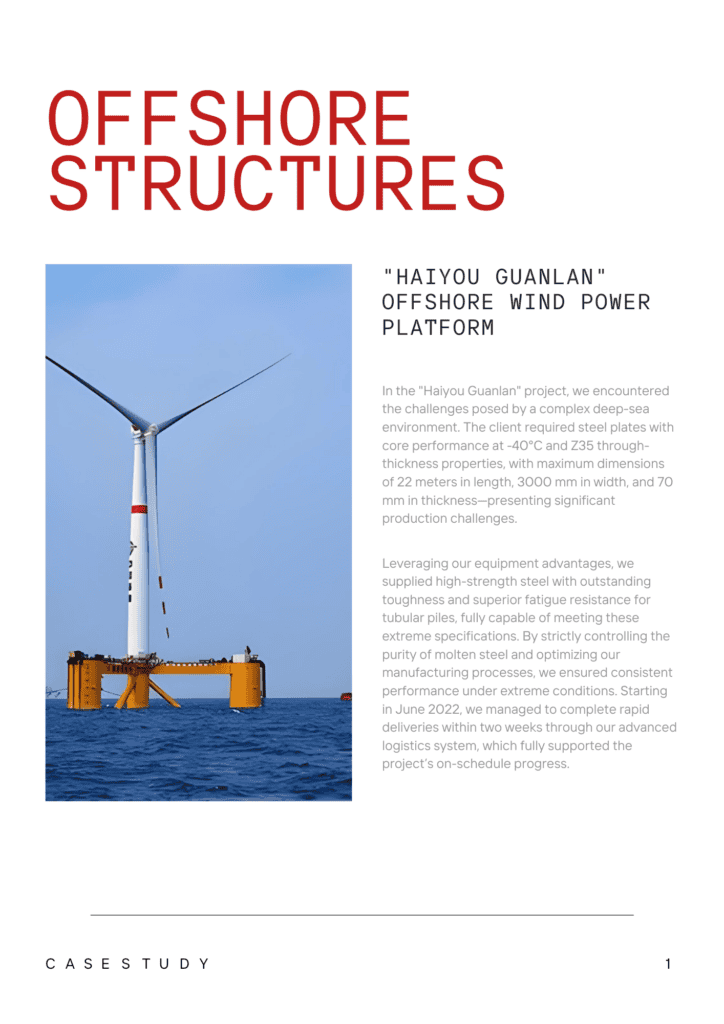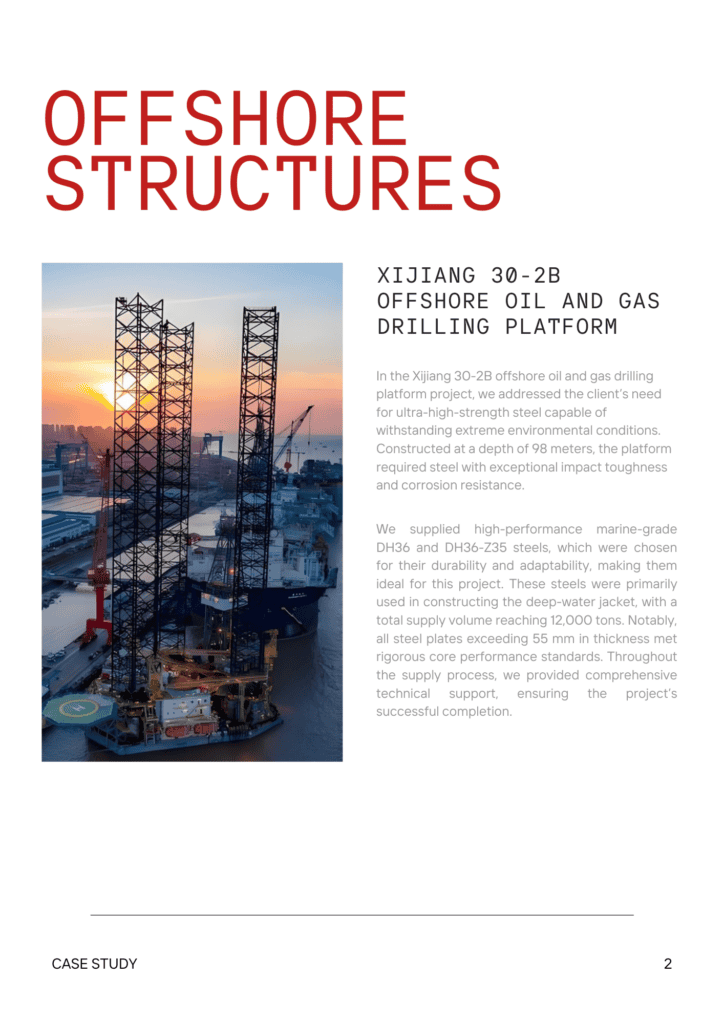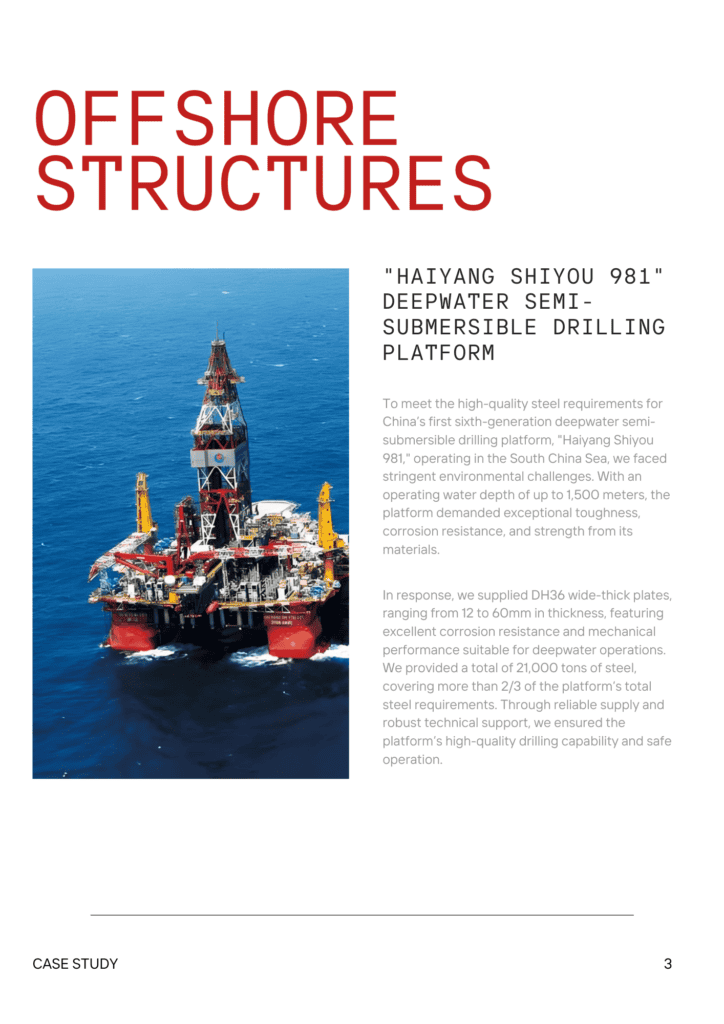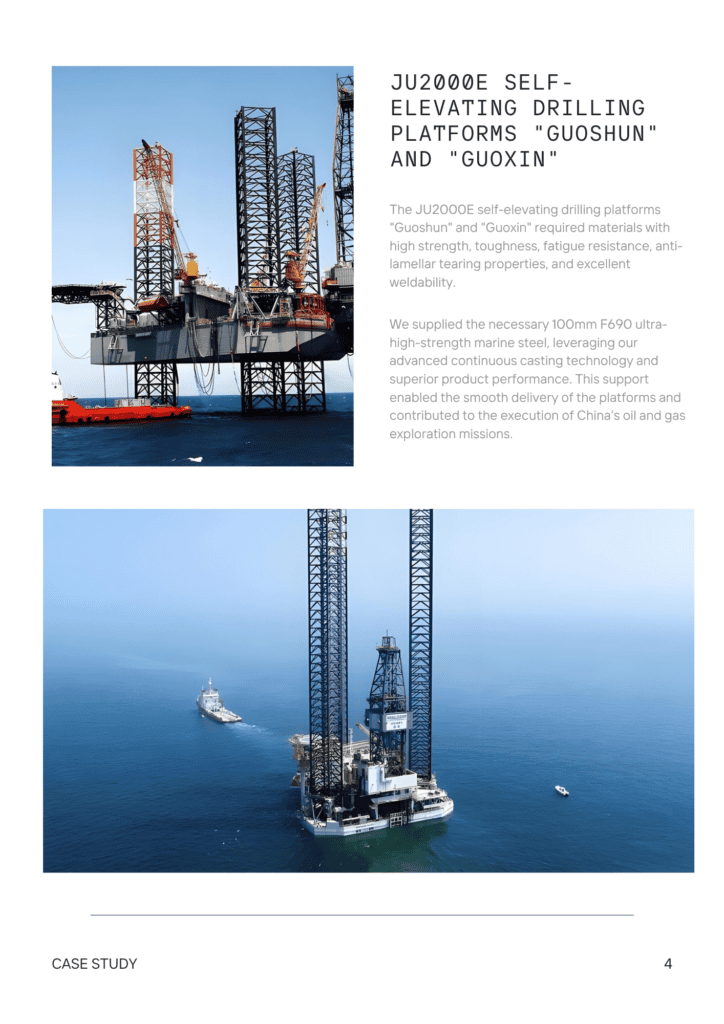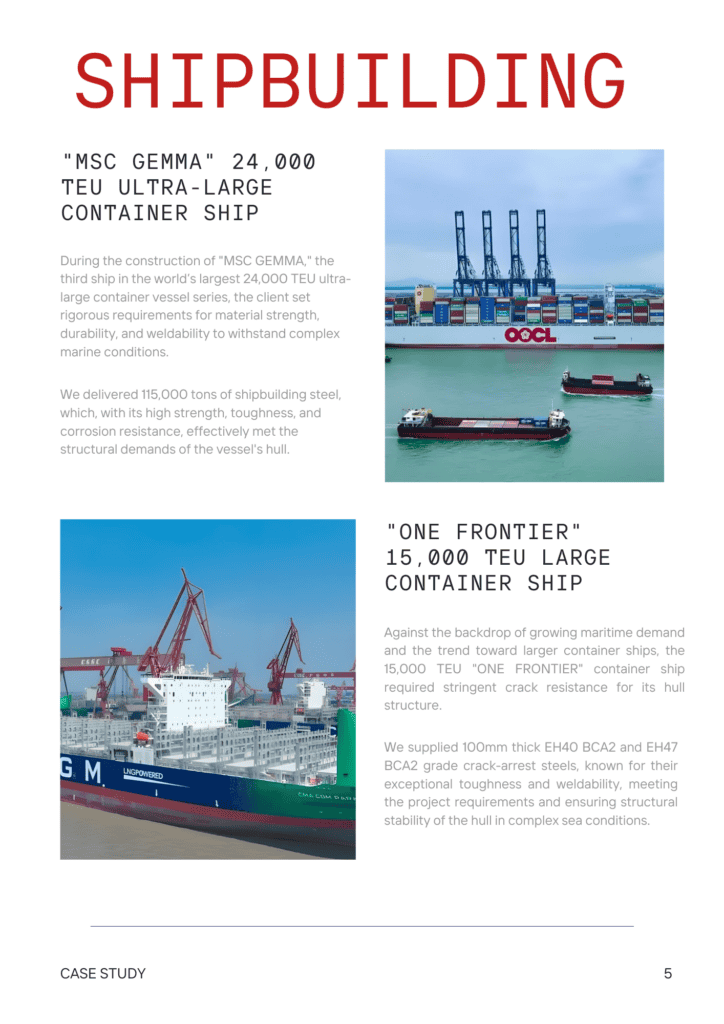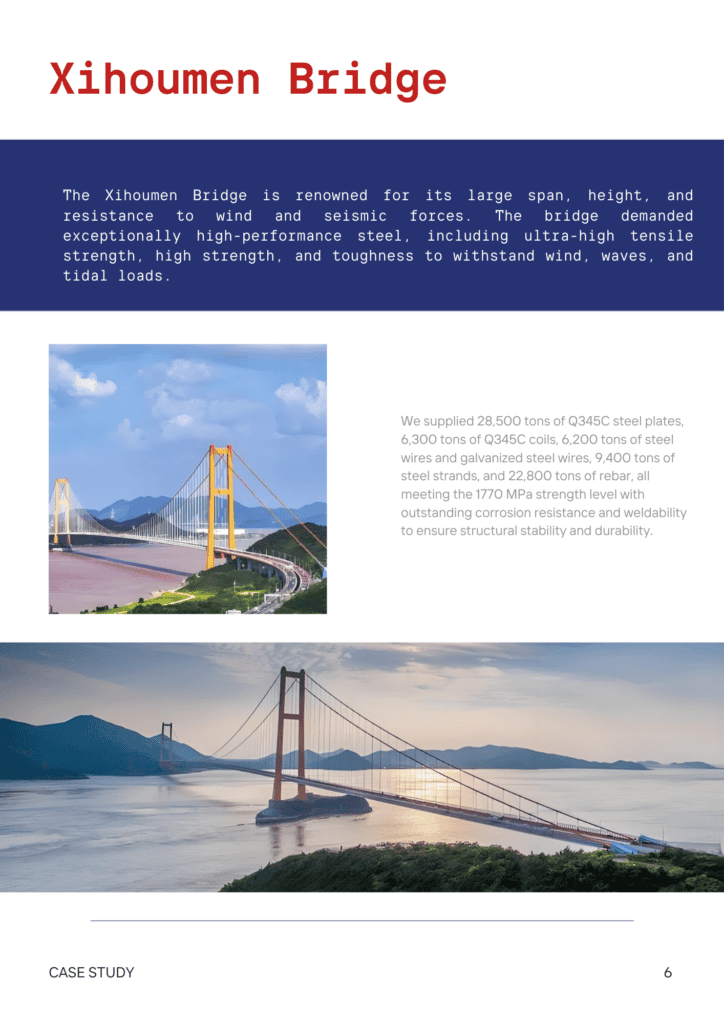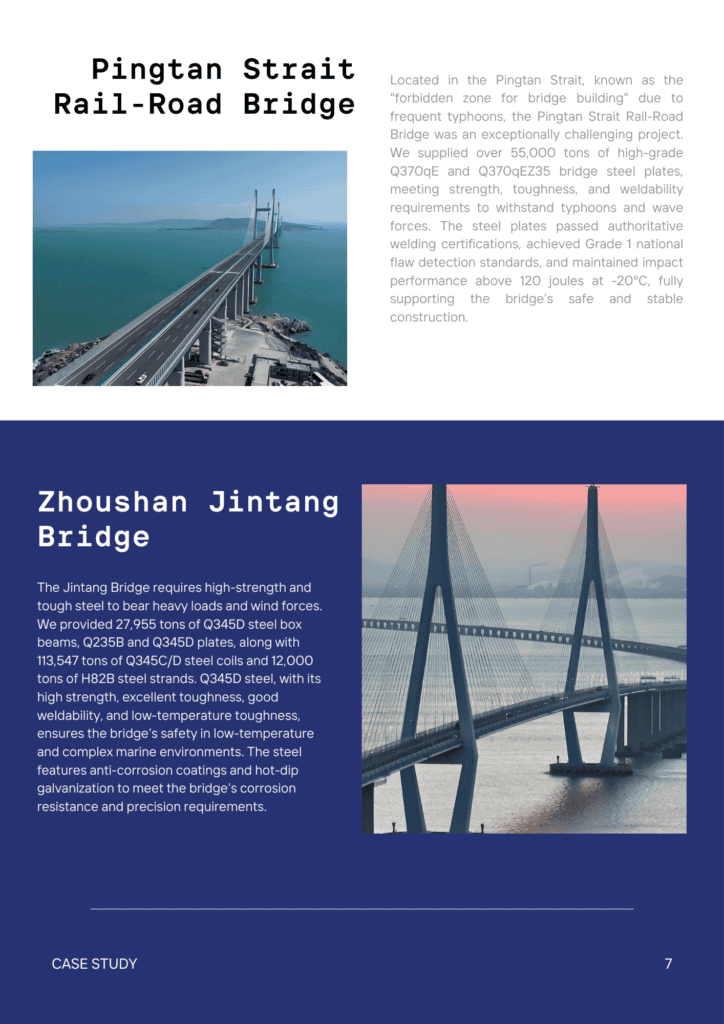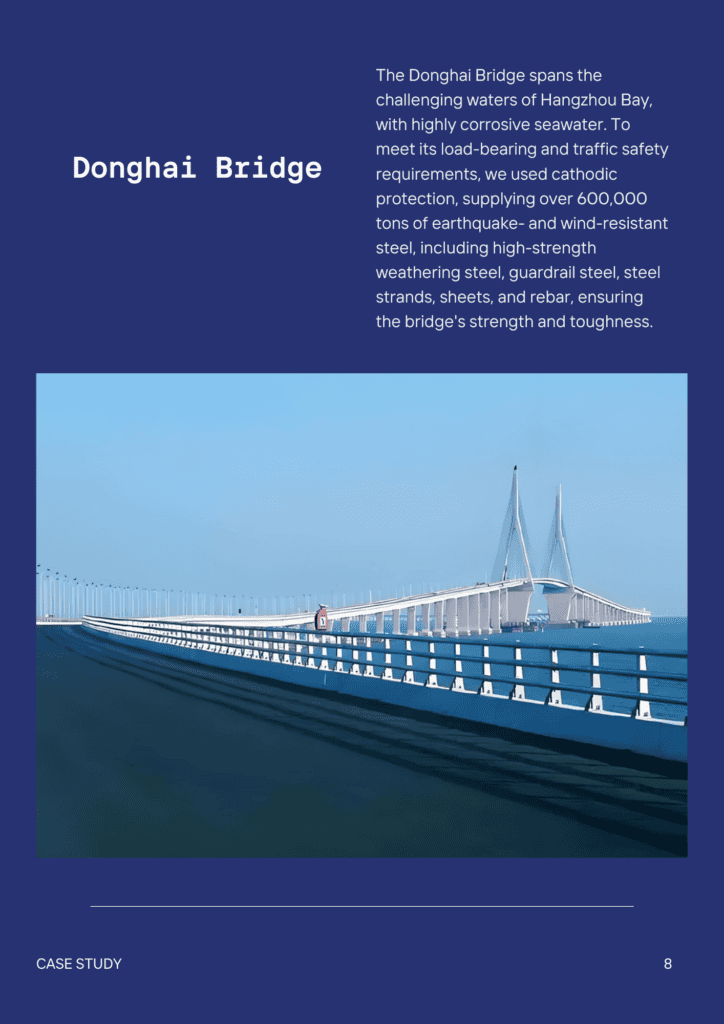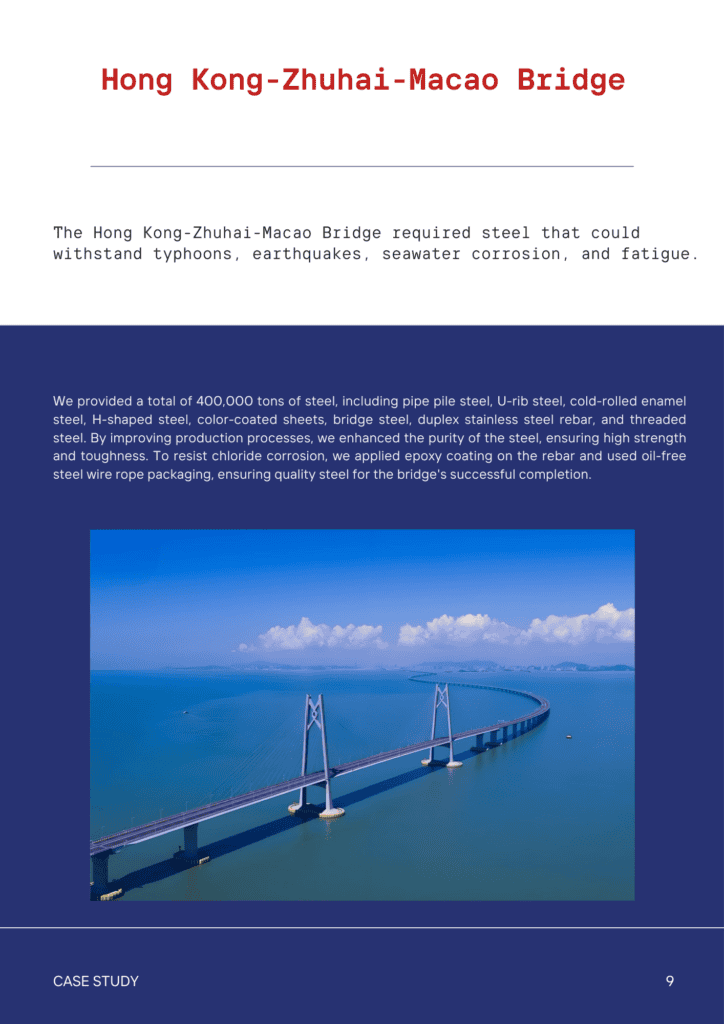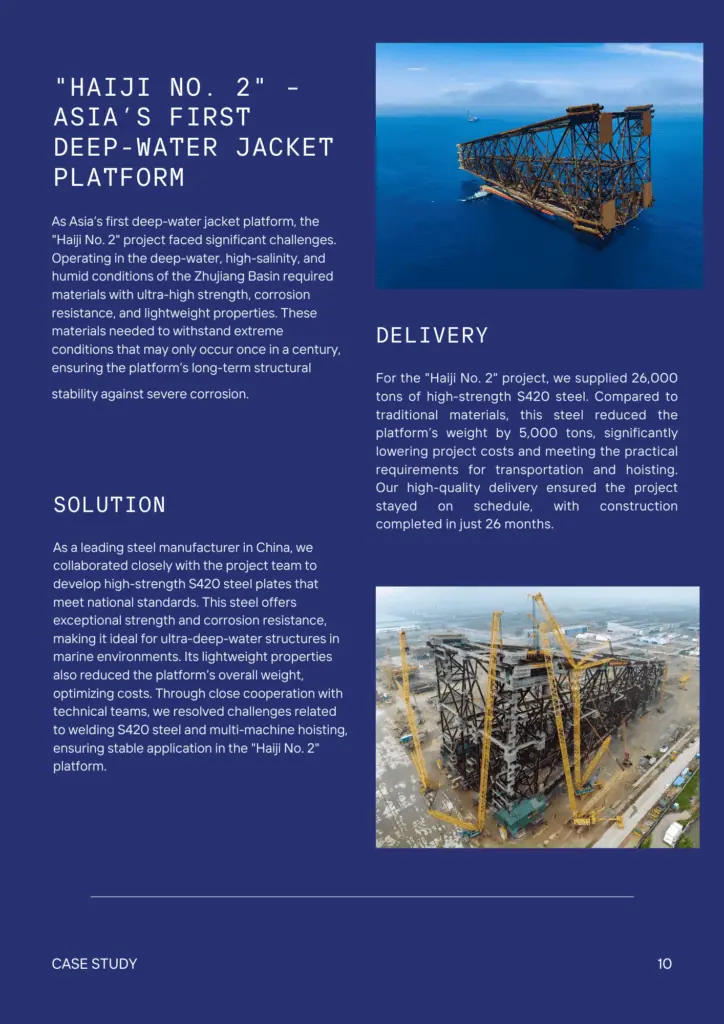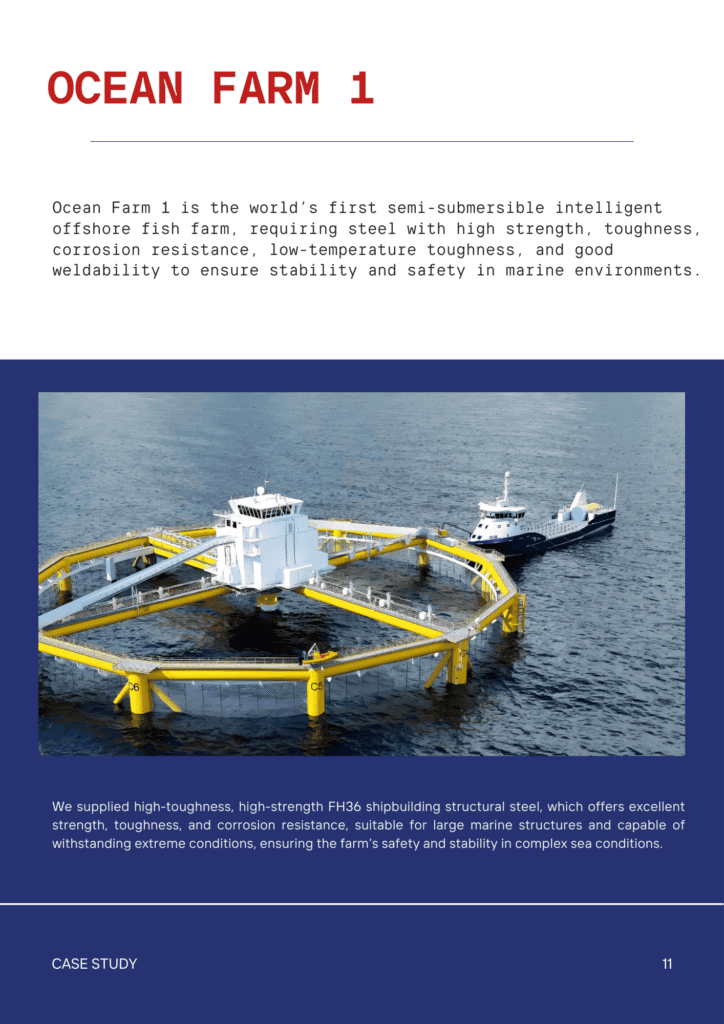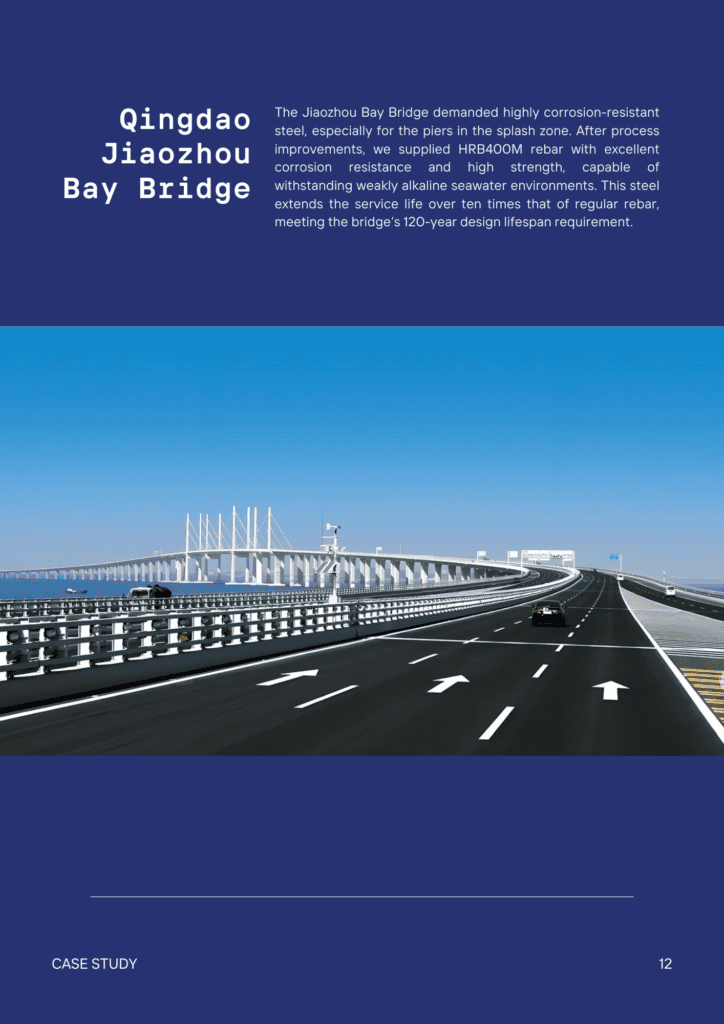Содержание
Можно ли сваривать оцинкованную сталь? Опасности, меры предосторожности и лучшие методы
- Джон

Несомненно, оцинкованную сталь действительно можно сваривать, но это сопряжено с трудностями. Цинковый слой выделяет вредные пары при нагревании, создавая опасность для здоровья без достаточной циркуляции воздуха.. Это также ослабляет сварное соединение, вызывая такие дефекты, как пористость и обгоревшее покрытие делают поверхность уязвимой к коррозии, если ее не обработать впоследствии.
В этой статье даются советы экспертов по передовым методам, освещаются потенциальные опасности и предлагаются решения для обеспечения безопасности и качества. Продолжайте читать, чтобы узнать, как преодолеть эти препятствия и добиться успешных сварных швов
Можно ли сваривать оцинкованную сталь с обычной?
Да, вы можете соединить оцинкованную сталь с обычной сталью. Снимите цинковое покрытие около сварного шва на оцинкованной детали, чтобы избежать токсичных паров и дефектов. Это поможет создать более чистый и прочный сварной шов.
Какую оцинкованную сталь легче сваривать?
Оцинкованная сталь с более тонким цинковым покрытием легче сваривается. Электрооцинкованная сталь обычно имеет более тонкий слой цинка по сравнению со сталью, оцинкованной горячим способом, что делает ее менее сложной для сварки. Меньшее количество цинка приводит к меньшему количеству паров и меньшему загрязнению сварного шва.
Опасности сварки оцинкованной стали
Сварка оцинкованной стали сопряжена с определенными рисками и требует мер предосторожности для обеспечения безопасности и качества. Ниже представлен обзор основных опасностей, их последствий и советов по устранению каждой из них.
Токсичные пары и металлическая лихорадка
- Проблема: При сварке оцинкованной стали образуются пары оксида цинка, которые опасны при вдыхании. Недостаточная циркуляция воздуха повышает риск воздействия.
- Влияние: Вдыхание паров может вызвать раздражение дыхательной системы, глаз и кожи. Высокое воздействие может привести к «металлической лихорадке» с такими симптомами, как сладкий привкус, сухость в горле и усталость. Повторное воздействие может иметь долгосрочные последствия для здоровья.
- Решение: Обеспечьте хорошую вентиляцию с помощью вытяжки или вентиляторов, надевайте респиратор и делайте перерывы, чтобы ограничить воздействие.
Пористость и трещины
- Проблема: Цинк на оцинкованной стали может реагировать с железом, образуя соединения, которые создают пористость или включения в сварном шве.
- Влияние: Эти дефекты снижают прочность и ударную вязкость сварного шва, что ставит под угрозу безопасность.
- Решение: Слегка подогрейте сталь, чтобы снизить реактивность цинка, и используйте точные методы сварки, чтобы избежать дефектов.
Потеря коррозионной стойкости
- Проблема: Цинковое покрытие выгорает в области сварного шва и вокруг него, делая эти участки уязвимыми для ржавчины и коррозии.
- Влияние: Без экранирования эти секции ржавеют быстрее, что снижает долговечность сварной конструкции.
- Решение: После сварки нанесите на область сварки состав для холодной оцинковки или краску с высоким содержанием цинка, чтобы восстановить коррозионную стойкость.
Для крупномасштабной гальванизации выбирайте высококачественную, контролируемую продукцию, такую как SteelPRO Group горячеоцинкованная сталь лист может уменьшить количество дефектов сварки и вредных испарений, сводя к минимуму риски для здоровья.
Меры предосторожности при сварке оцинкованной стали
Сварка оцинкованной стали требует мер по обеспечению безопасности и качества. Правильное удаление цинка, вентиляция, защитное снаряжение и контролируемые параметры помогают предотвратить риски для здоровья и поддерживать прочность сварного шва.
Удаление цинкового покрытия
- Действие: Снимите слой цинка не менее чем на 1–4 дюйма (2,5–10 см) с области сварки с обеих сторон заготовки.
- Метод: Наиболее распространенным и предпочтительным методом удаления является шлифование, однако эффективным может оказаться также выжигание или выдавливание цинка из зоны сварки.
Обеспечение хорошей вентиляции
- Действие: Обеспечьте надлежащую вентиляцию для рассеивания опасных паров.
- Метод: Используйте вентиляторы или вытяжную систему для отвода паров, особенно в замкнутых пространствах.
Ношение средств индивидуальной защиты (СИЗ)
- Действие: Используйте средства индивидуальной защиты для защиты от паров, ультрафиолетовых лучей и тепла.
- Оборудование: Для комплексной защиты используйте респиратор, сварочный шлем, огнестойкую одежду и перчатки.
Контроль параметров сварки
- Проблема: Неправильные настройки тока, напряжения или скорости могут ухудшить качество сварки.
- Влияние: Могут возникнуть такие проблемы, как пористость, трещины, деформация или неполное сплавление, влияющие как на внешний вид, так и на прочность сварного шва.
- Решение: Тщательно откалибруйте параметры сварки в соответствии с толщиной и типом материала, а также выполните пробные сварные швы, чтобы убедиться в оптимальных настройках.
Проверка качества сварки
- Действие: Проверьте наличие пористости, трещин и достаточного сплавления после сварки.
- Выгода: Это помогает обнаружить любые недостатки или слабые места, которые могут повлиять на устойчивость конструкции.
Избегание контакта с легковоспламеняющимися материалами
- Действие: Убедитесь, что на рабочем месте нет легковоспламеняющихся веществ.
- Метод: Храните легковоспламеняющиеся предметы вдали от рабочего места и держите поблизости огнетушитель.
Повторное нанесение цинкования после сварки
- Действие: Покройте сварную зону цинконаполненной краской или составом для холодной оцинковки.
- Цель: Это восстанавливает коррозионную стойкость открытого металла, продлевая срок службы сварной конструкции.
Эти меры предосторожности в сочетании с пониманием потенциальных опасностей обеспечивают более безопасную и качественную сварку оцинкованной стали, помогая снизить риски для здоровья и сохранить прочность конструкции.
Каковы наилучшие методы сварки оцинкованной стали?
Сварка оцинкованной стали лучше всего осуществляется с помощью МИГ (Металл-инертный газ) и TIG (вольфрамовый инертный газ) Оба метода сварки эффективно контролируют параметры, снижая вредные испарения и обеспечивая высокое качество сварки.
- Сварка МИГ: Идеально подходит для толстой оцинкованной стали, сварка MIG эффективна и широко используется в промышленных применениях благодаря своей скорости и надежности.
- Сварка TIG: Сварка TIG подходит для тонких цинковых покрытий и точных работ, обеспечивает получение высококачественных, чистых сварных швов, идеально подходящих для применений, требующих прочности и изысканной отделки.
Связанное чтение
Будет ли сварщик MIG сваривать оцинкованную сталь?
Да, сварщик MIG может сваривать оцинкованную сталь, но для этого требуется соответствующая подготовка. Снимите слой цинка в зоне сварки, чтобы уменьшить дым и примеси. Используйте хорошую вентиляцию и респиратор, чтобы безопасно обращаться с парами.
Можно ли сваривать флюсом оцинкованную сталь?
Да, флюсовую сварку можно использовать на оцинкованной стали, но это сложно из-за паров цинка. Удаление цинкового покрытия в зоне сварки и обеспечение хорошей вентиляции помогает снизить риски и улучшить качество сварки.
SteelPRO Group может оцинковать горячим способом детали любого размера!
SteelPRO Group предлагает комплексные услуги горячего цинкования для компонентов любого размера, предоставляя экспертную техническую поддержку и надежную гарантию качества продукции. Мы также поставляем полный ассортимент оцинкованной продукции, такой как оцинкованная рулонная сталь и оцинкованная проволока, см. нашу страницу оцинкованной стали для получения дополнительных категорий.
Более 15 лет опыта сварки и современная сварочная линия, мы можем предоставить индивидуальные решения для ваших конкретных потребностей. Если вы ищете лучшее решение для сварки оцинкованной стали для вашего проекта, свяжитесь с нами сегодня!



